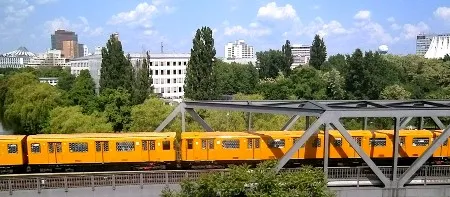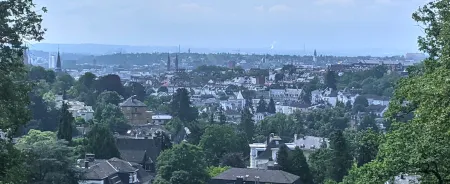
34+ Places to Visit in Lower Saxony, Local’s Travel Guide + Map
TL;DR
Lower Saxony Travel Guide with map. Lower Saxony tourist attractions from the North Sea over south and central Lower Saxony to the rolling hills of the Harz mountains including the best cities in Lower Saxony. Great for a backpacking or road trip through Lower Saxony.
I realised that there is not much English information about Lower Saxony tourism, and even fewer travel blogs from a local. So without further ado, here is my combined knowledge about Lower Saxony, collected in more than 30 years of travelling my home state – from the main tourist attractions to the best hidden gems in Lower Saxony.
34 Places to Visit in Lower Saxony
Places to Visit in Niedersachsen Map
The Nicest Cities in Lower Saxony
1. Hannover
In 2020 I fell back in love with the Lower Saxony capital Hannover. It's urban without being too big, the small historic city center is super charming, and there are plenty of amazing bars (think rooftop bars, beach bars, dive bars, you name it) and restaurants.
Here are some of the best things to do in Hannover:
- Follow the Red Thread: All of Hannover's sights are conveniently aligned along a Red Thread, which makes a self-guided city tour super easy.
- New city hall with its viewing platform, which can be reached by Germany's only inclined elevator.
- Herrenhausen Gardens: The Great Garden is one of the most distinguished Baroque gardens of Europe. The 80 meters (262 ft) fountain is one of the highest in Europe. Adjacent are the Berggarten, which is a lovely botanical garden nowadays, and the Georgengarten and Welfengarten which are made in the style of English gardens.
- The Maschsee lake is the perfect place to escape the hustle and bustle of the center whilst still being within walking distance.
- If you want even more peace and quiet check out the Steinhuder Meer, the largest lake of northwestern Germany, only 30 km (19 mi) northwest of Hannover.
- If you really want to get into nature, we recommend to hike the Herman Löns Wanderweg close to Hannover.
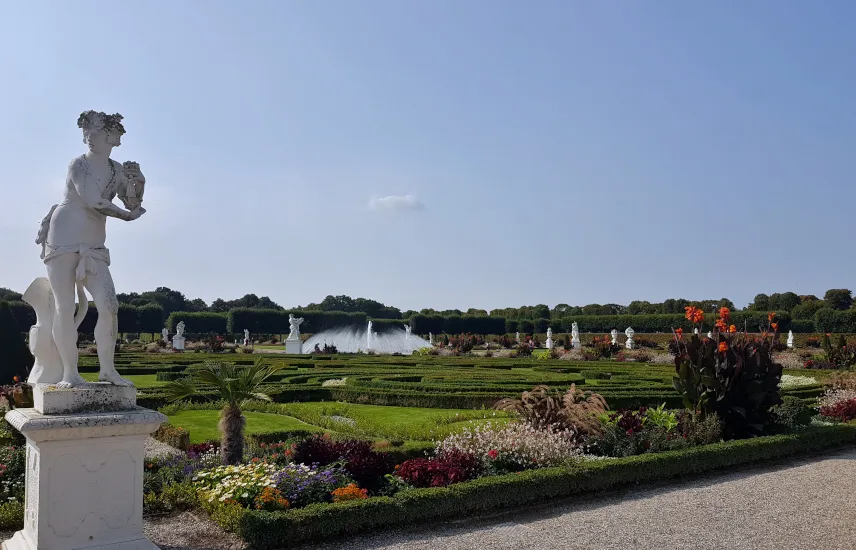
2. Braunschweig
Braunschweig, Lower Saxony's second-largest city, is super charming. Some of our highlights are
- The Castle Square with the Cathedral, Dankwarderode Castle, and the Neo-Gothic Town Hall.
- Old Town market, Coal Market, and Hagen Market
- The Magniviertel with its cobblestone streets
- The view from the rooftop of the Residenzschloss
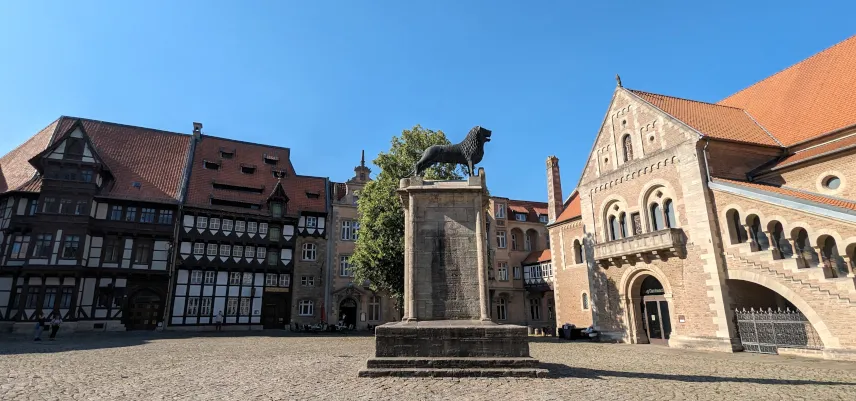
3. Wolfenbüttel
Wolfenbüttel near Braunschweig is also incredibly charming. Often overlooked by tourists, it features over 600 half-timbered houses as well as Lower Saxony's second-largest castle. The famous playboy Casanova spent the most wonderful week of his life there so it's bound to be quite a place.
4. Osnabrück
Germany's happiest town? Osnabrück! Visitors are invited to explore this town on a "happy stroll". Starting at the train station, you walk through the historic city center towards the town hall, where the Thirty Years' War was ended through diplomacy.
5. Wolfsburg
If you like cars, check out Wolfsburg, the home of Volkswagen. Especially the Autostadt (Car City), a car-themed theme park can be an interesting visit for car lovers and children alike.
6. Göttingen
Göttingen with 100,000 inhabitants is the biggest city in southern Lower Saxony. It's a university city with loads of bars and cultural offers. Do stroll through the charming city center full of half-timbered houses, visit the famous Gänseliesel (goose girl) statue on the market square, or climb one of the church towers to get a great view.
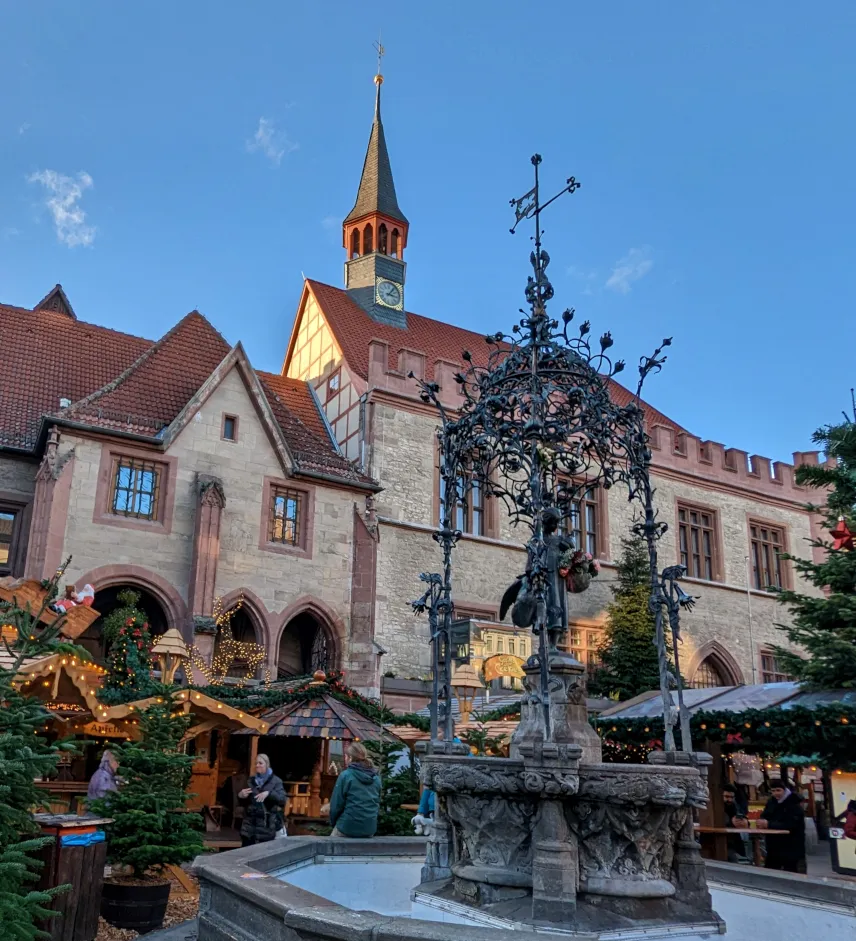
7. Hildesheim
Hildesheim used to be a beautiful medical city but was heavily damaged during World War II. In 1984, the council decided to re-build its former townscape, earning it a place on the UNESCO World Heritage list.

8. Lüneburg
Don't miss the name-giving town of this area, Lüneburg. It used to be Europe's largest salt producer and hence quite wealthy. This resulted in an incredibly picturesque cityscape with red brick buildings and loads of Hanseatic step-gables.
9. Celle
Celle is one of the finest halt-timbered in Germany. Only half an hour away from Hannover, it was mostly unscathed by the bombings of World War II, so that visitors can admire its 17th-century charm.
North Lower Saxony Destinations
The northern border of Lower Saxony is the North Sea. Most of this area belongs to a region called East Frisia with its 7 East Frisian Islands. East of East Frisia are Wilhelmshaven with the Jade Bight and the JadeWeserPort and Cuxhaven with the Elbe river delta. If you want to visit the German North Sea beaches, beware of the tides: Twice a day you won't have any water.
10. Wadden Sea National Park
The Lower Saxon Wadden Sea National Park has an area of about 345,800 hectares (1,335 sq mi). It is a large area of tidal flats in the North Sea which dry out during low tide and are flooded during high tide. It is the second most productive ecosystem of the world after the tropical rainforest. Watch out for the typical lugworm, which lives in a U-shaped tube under the surface of the mud. Close to the coast, you can hike the Wadden Sea yourself, but if you want to go further out, take a guide because of dangerous and unpredictable tidal creeks.
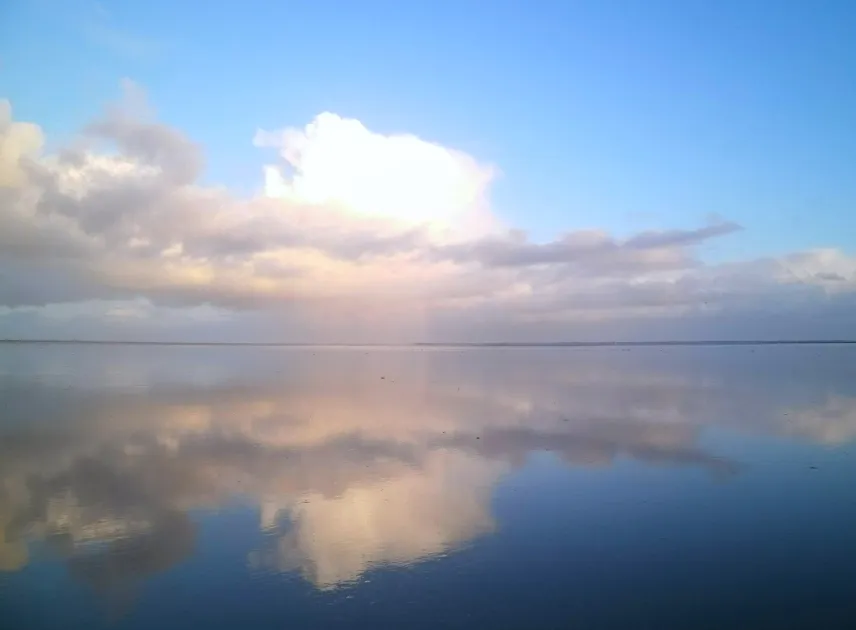
11. German North Sea Islands (East Frisian Islands)
The 7 East Frisian Islands in front of the Lower Saxony coast are a real island paradise:
- Borkum
- Juist
- Norderney
- Baltrum
- Langeoog
- Spiekeroog
- Wangerooge
All of the islands have endless beaches and dunes. Because they are super flat they are great for cycling. Juist and Baltrum are car-free (think Gili Islands in Indonesia). You can reach the islands via ferry or take a guided hike through the Wadden Sea (around 8 km or 5 mi) if you feel active.
12. Emden
Emden is the biggest city in East Frisia. With 1200 years of history, this port city has loads to offer. You can hire a boat and explore the various canals, visit the East Frisian museum, or explore the city center with its typical red brick houses. A special highlight is the Otto Huus – a museum dedicated to one of Germany's most famous comedians – Otto Waalkes. Additionally, you can find Germany's walk of fame – the Hands of Fame – here. It was great fun to compare our hands to soccer player Uwe Seeler, Schlager (a distinctly german version of pop music – love it or hate it) singer Andrea Berg, or – you guessed it – comedian Otto.
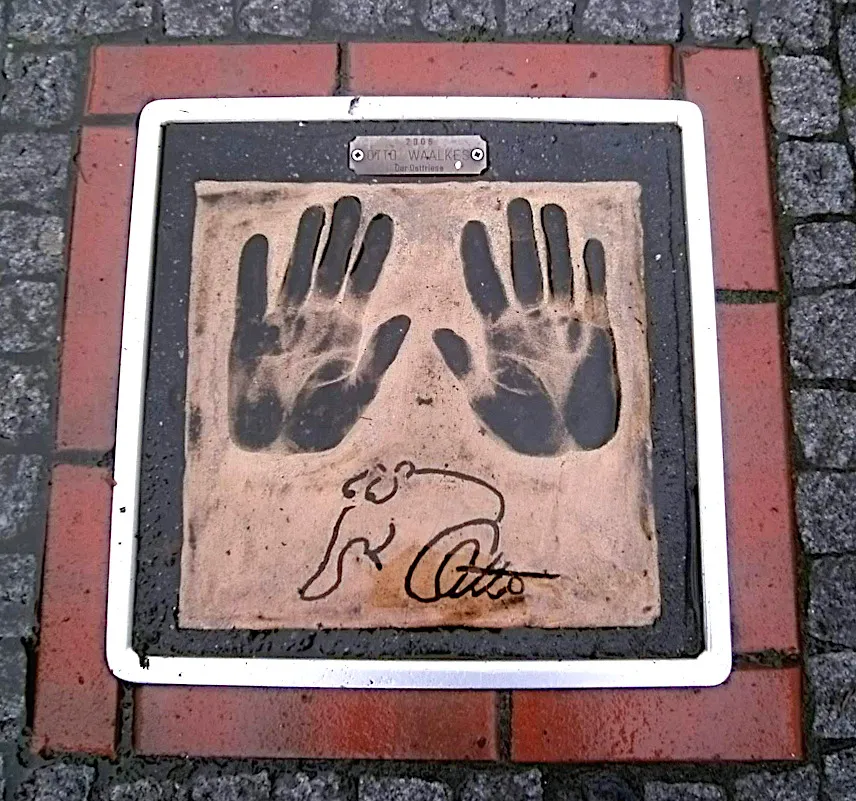
13. Cuxhaven
Don't miss Cuxhaven when you travel the German North Sea. It's one of Germany's most popular beach towns. Of course, you can do much more than relaxing on the beach. Take a horse carriage ride through the Wadden Sea to the island of Neuwerk. Explore the harbor with the Kugelbake, which marks the Elbe Delta, and the viewing platform Alte Liebe, from where you can see huge cargo and cruise ships coming up and down the Elbe River. I also recommend you to visit the Obereversand lighthouse, which sits on the end of a pier on a lattice construction (think Eiffel Tower).
14. Wilhelmshaven
Wilhelmshaven is located at the Jade Bight. The JadeWeserPort is Germany’s only deep water port – of course you can go on a harbour cruise. You can also visit the Deutsche Marinemuseum.
15. Neuharlingersiel, Carolinensiel, Bensersiel
There are plenty of cute little harbour towns in Lower Saxony like Neuharlingersiel, Carolinensiel, or Bensersiel. We've tried and tested them all. They are all charming with colourful fishing boats, seafood restaurants, and beaches. Grab a car or a bike and check out as many as you can!
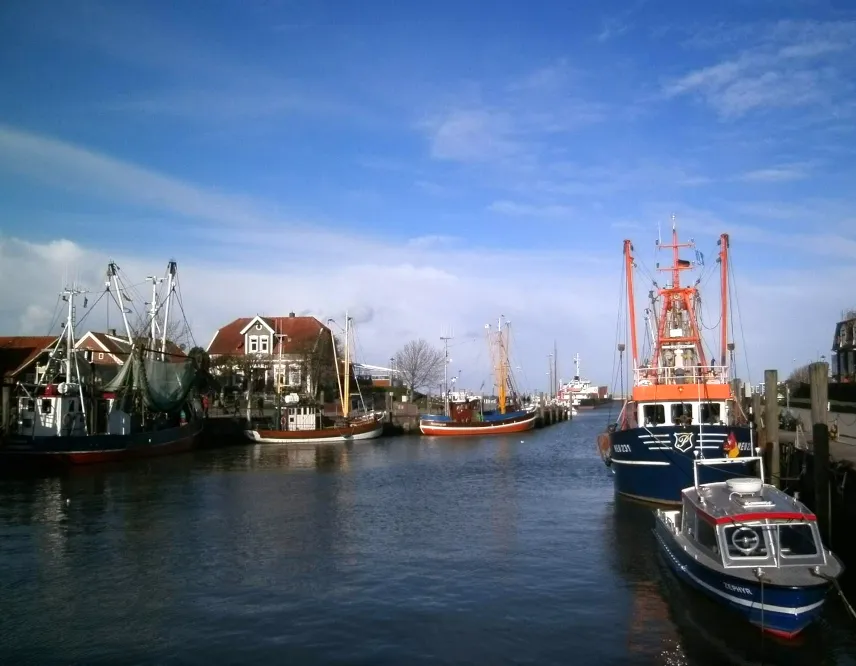
The Harz Mountains
Only a small part of the Harz Mountains is located in Lower Saxony. Nonetheless, you have amazing hiking opportunities in this area, it's a great winter sports region, and you can find loads of quaint little mining and mountain towns.
16. Brocken
First and foremost, the highest mountain of northern Germany, the Brocken with its 1141 m (3743 ft) of elevation, needs to be mentioned. Yes, it's technically in Saxony-Anhalt, but it's only 2 km (1.2 mi) away from the border to Lower Saxony and it is the quintessential hike you can do in Northern Germany. The most popular route starts at Torfhaus, is 8.8 km (5.4 mi) long with an elevation gain of 360 m (1181 ft). If you're not into hiking, you can take the narrow-gauge steam railway, the Brocken Railway.
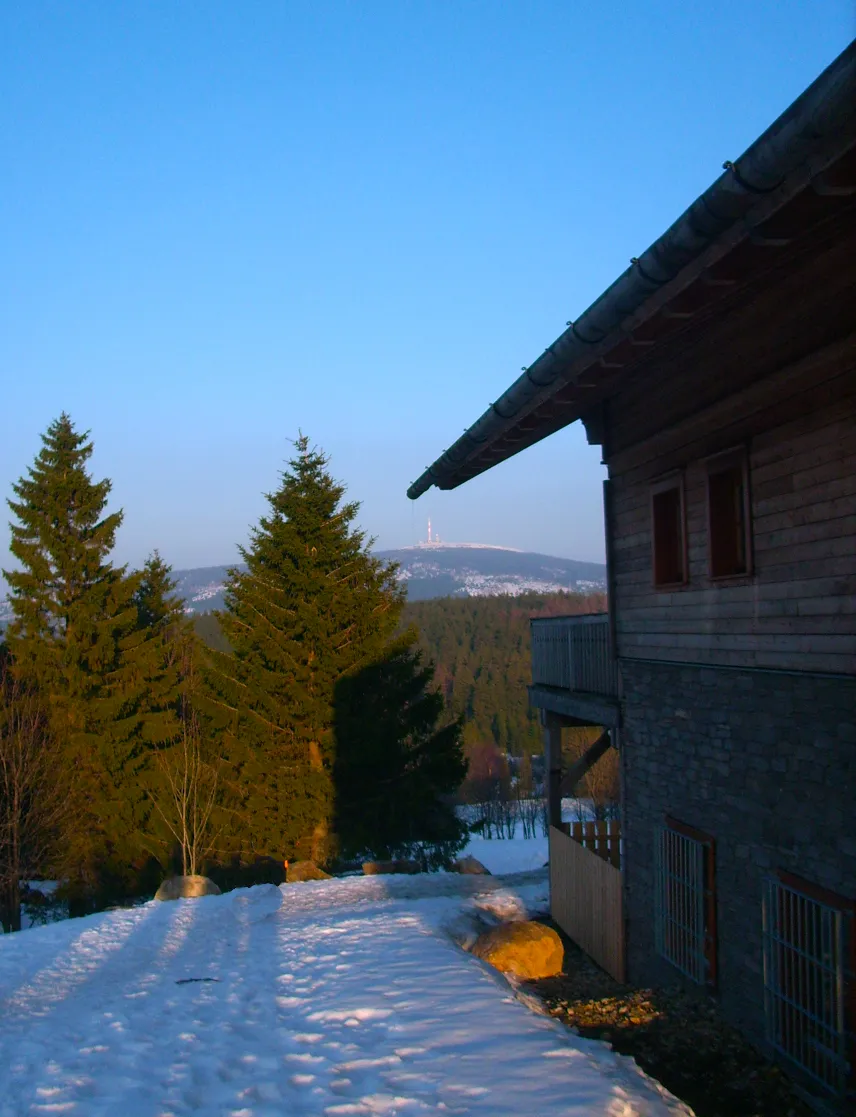
17. Torfhaus
Speaking of Torfhaus – here you can find the beautiful Torfhaus Moor. This bog features an instagrammable boardwalk with plenty of Brocken views. It's a raised bog, which already the famous author Goethe visited in his time (a sentence you will hear a lot in this region 😉).
18. Goslar
Don't miss the UNESCO World Heritage city Goslar. Explore the amazing Rammelsberg Ore Mine, stroll through the historic town center and visit the Kaiserpfalz, the secondary seat of power for the Holy Roman Emperor in the Early and High Middle Ages. Also don't miss the Stave Church in the outskirts of Goslar.

19. Braunlage
Braunlage with Lower Saxony's highest mountain the Wurmberg is one of the best winter sports places in the whole of northern Germany. You can find several ski lifts, slopes, and an ice stadium – you name it. You can do all kinds of winter sports from downhill to cross country skiing to sledding and ice skating here. Of course, it's also worth a visit in summer.
20. Bad Lauterberg
Bad Lauterberg is another notable city in the Harz mountains. The former mining town now features several spas, a cable car, which leads to the Hausberg, and my favorite cave, the Einhornhöhle (Unicorn Cave). Its name originates from misguided paleontological attempts, that identified the fossil remains in this cave as unicorns. Unfortunately, they were not...

21. Clausthal-Zellerfeld
Where there are mountains, there are mountain lakes as well. Clausthal-Zellerfeld alone features more than 60 lakes and ponds, with many of them being swimmable. The towns official swimmingpool is at a lake called the Oberer Hausherzberger Teich.
22. Oker Dam
There are many dammed lakes in the Harz Mountains. The biggest one in Lower Saxony is the Oker Damm. Don’t miss the opportunity to go on a cruise!

23. Romkerhall Waterfall
Yes, there are waterfalls in the Harz Mountains! Our favourite is Romkerhall Waterfall. We wouldn’t go out of our way to visit but we would definitely recommend a pit stop when you’re in the area. Don’t miss the little frog!

24. Iberg Cave
The Iberg Cave close to Bad Grund is amazing. It’s a stalactite cave which you can visit with a guided tour.
The cave is combined with a museum showcasing archaeological finds from the Bronze Age.
25. Harz Whisky
We are whisky lovers so of course, we had to mention Hercynian Distilling in Walkenried. It’s an open distillery with a visitor centre. You can taste whisky or tour the distillery if you like.
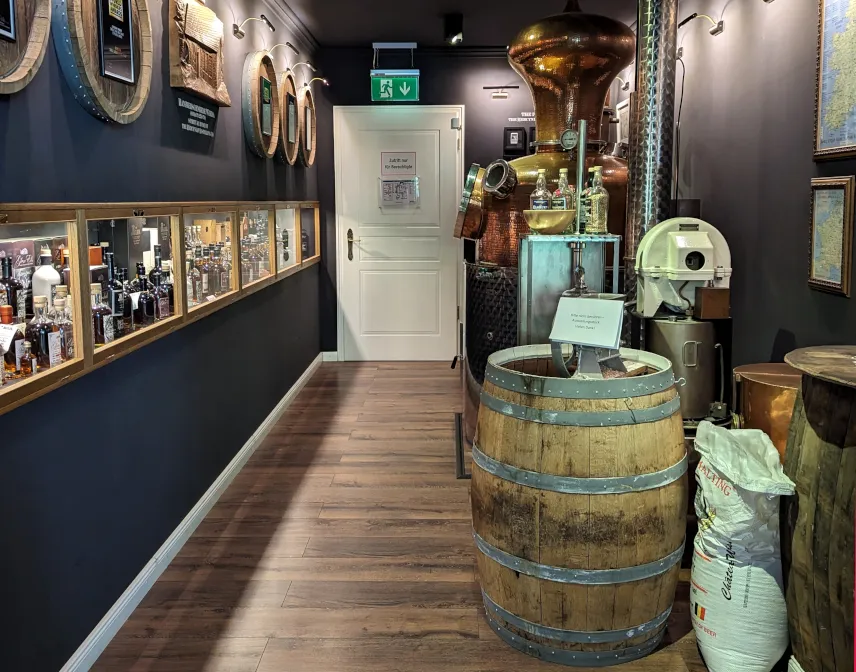
South and Central Lower Saxony Destinations
With the two attractions of the Harz Mountains and the North Sea, it's easy to overlook the south and centre of Lower Saxony. Venture off the beaten path and find some hidden gems.
26. The Fachwerk5Eck
We could separate these 5 gorgeous half-timbered towns into 5 different points but they decided to combine themselves into the Fachwerk5Eck and so do we:
- Einbeck. If you like old cars, you have to visit the PS Speicher!!!
- Duderstadt is part of the Eichsfeld. If you like sausages, try a stracke.
- Hann. Münden, the birth place of the Weser River.
- Northeim. Check out the Theatre of the Night, a puppet theatre for children and adults.
- Osterode in the Harz Mountains.
27. Weser River
You can't miss the Weser River, which runs from the southernmost tip of Lower Saxony all the way to the North Sea. It originates in Hann. Münden through the confluence of the Werra and Fulda. Combined with the Werra it's the longest river wholly in Germany with 744 km (462 mi). Hann. Münden with its over 700 half-timbered houses is a personal recommendation! The Weser River is a biker's paradise: The Weser cycle path is 520 km (323 mi) long and oftentimes runs on both sides of the river – just take one of the small ferries to the side you prefer! Ride north to Bad Karlshafen, a baroque planned town, and further to Holzminden with its fragrant city tour and the Weser Renaissance castle in Bevern.
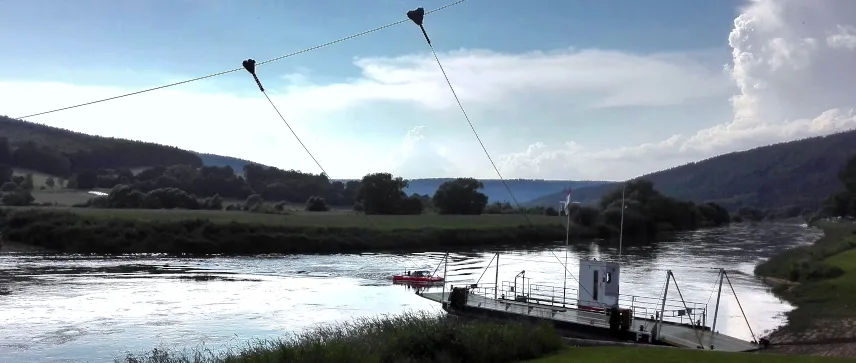
28. Lüneburg Heath
The Lüneburg Heath is a large area of heath, geest, and woodland. There are over 200 individual nature reserves in this area. But it's not all about the nature, the hiking, the cute Heidschnucke lambs, and the taking of Instagram pictures in front of the purple heath plants. There is also northern Germany's largest theme park, the Heidepark Soltau as well as some other theme parks. And there is a dark part of German history: The former Bergen-Belsen concentration camp.
29. Heidepark Soltau
The Heidepark Soltau is Germany’s second-largest amusement park.
30. Iserhatsche
Iserhatsche is a landscape park in the municipality of Bispingen in the Lüneburg Heath. It’s a super unique place with a miniature castle, an artificial volcano, and the largest beer bottle collection in the world.
31. Hameln and the German Fairytale Road
Hameln, like many other towns in Lower Saxony, is part of the German Fairytale Road. This road traces the lives of the Brothers Grimm and their fairytales. One of the 60 stops is Hameln, the town of the Pied Piper of Hamelin. This town on the banks of the Weser River and among the rolling hills of the Weser Uplands boasts loads of half-timbered and Weser Renaissance buildings. Don't forget to check out the many Weser Renaissance castles in the area like Hämelschenburg and Schwöbber.
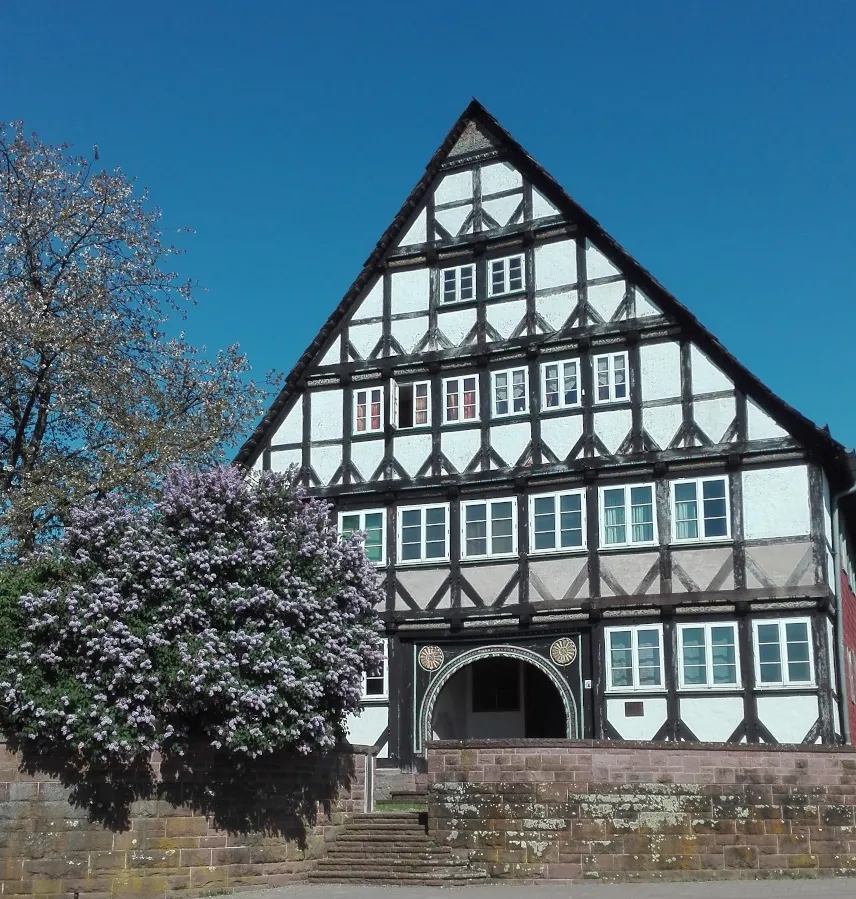
32. Altes Land
The Altes Land (which translates to old country) is northern Europe's largest fruit-producing region. Of course, a highlight is the blossom of the apple and cherry trees in spring. The Altes Land is south of the Elbe River, which is an excellent area for cycling. Additionally, there are many cute little villages. Many of the fruit farms in this region have characteristic elaborate gateways. Oftentimes you can find farmers' shops and cafes with plenty of homemade fruit cakes. This is the perfect place to slow down and enjoy nature.

33. Castles
There’s a ton of castles in Lower Saxony. Some of our favourites are
- Burg Plesse
- Krukenburg
- Sababurg
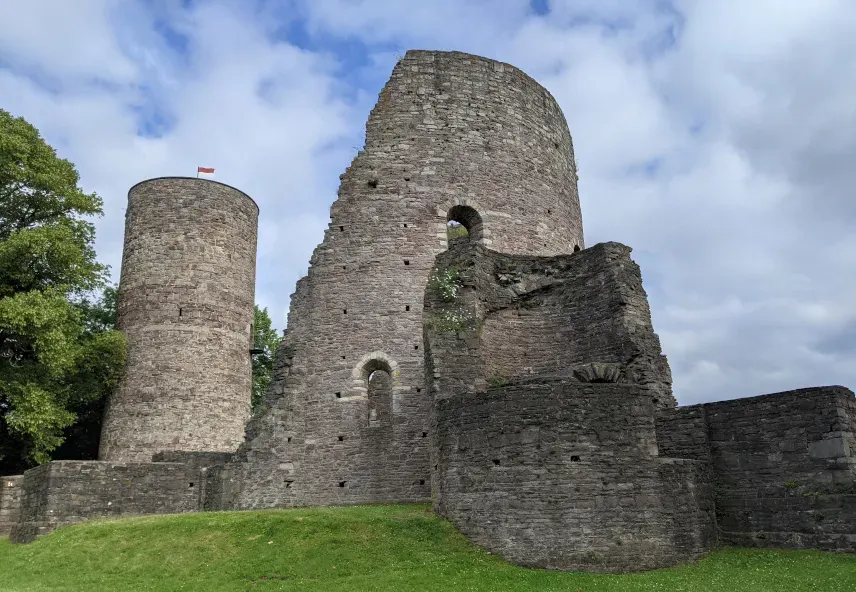
34. Rhume Spring
Our inside tip: If you plan to visit the famous Blautopf spring in southern Germany, go visit the Rhume Spring close to Göttingen instead, it boasts the same amazing blue watercolour but not the crowds.


